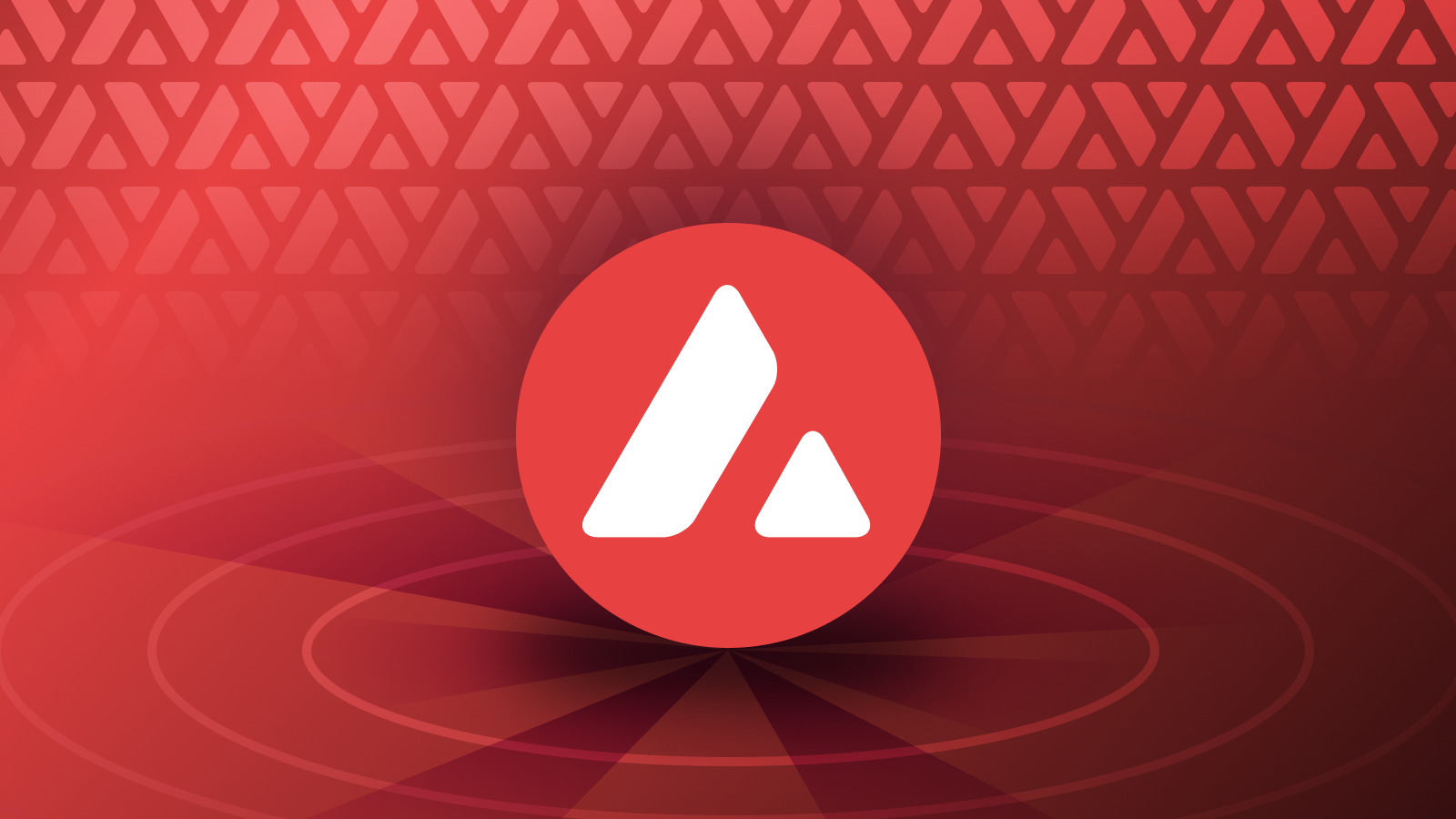
Avalanche, a popular blockchain platform known for its scalability and smart contract capabilities, recently experienced a significant outage on its C-Chain, the network’s primary infrastructure for decentralized applications (dApps).
The incident was confirmed by Ava Labs co-founder Kevin Sekniqi, who believes the issue may be related to a recent surge in inscriptions.
The surge in inscription refers to a sudden increase in the number of transactions or activities on the Avalanche C-Chain. It suggests a significant rise in the number of people or projects interacting with the network, possibly overwhelming its capacity and leading to the outage.
The decentralized application (DApp) platform faced a notable technical problem affecting the creation of blocks on its proof-of-stake (PoS) blockchain.
On February 23 at 12:02:27 pm UTC, the main network of Avalanche encountered issues with block production, causing a seeming halt in network operations.
Examination of Avalanche’s blockchain explorer revealed that the most recent blocks on its P-chain, X-chain, and C-chain subnets were generated over an hour before the disruption.
The P-chain, X-chain, and C-chain are different subnets of the avalanche blockchain that serve different purposes:
P-chain (Platform Chain) is the primary chain in the network responsible for coordinating validators, managing subnets, and creating new blockchains within the network.
X-chain (Exchange Chain) handles asset transfers and facilitates transactions between users and assets on the network.
C-chain (Contract Chain) executes smart contracts and hosts decentralized applications (DApps) on the network. It provides the infrastructure for developers to deploy and interact with smart contracts and build decentralized applications.
The blockchain network had to put an official alert out there where it informed the community about a stall in block finalization, which was pointed out as the main reason why the Primary Network could not accept blocks.
The statement read:” Developers across the community are currently investigating a block finalization stall preventing blocks from being accepted on the Primary Network.”
The problem Avalanche faced in this scenario
Block production is a core process in blockchain networks involving transaction validation, block formation, consensus agreement, and finalization.
Validators ensure transaction integrity before grouping them into blocks, which are then agreed upon by the network.
The process ensures the secure and decentralized recording of transactions, maintaining the blockchain’s integrity and reliability.
Interruptions in block production, like stalls or delays, disrupt transaction processing, impacting network functionality. Various consensus mechanisms govern block validation, such as proof of work or stake. Ultimately, finalized blocks become part of the immutable ledger, ensuring the network’s security and continuity.
Sekniqi mentioned on his X(formerly Twitter) profile that the issue might be related to a new inscription wave, which halted the block production, and a team of developers was investigating the issue. The new inscription was launched just one hour before the problems started to surface.
He later clarified that the issue was probably related to a bug in the code, which had nothing to do with the performance handling. He mentioned that although there may have been an unusual scenario with inscriptions, it did not impact the system’s overall performance.
The incident is not the first time that Avalanche’s production was halted due to a big-related issue in the code. On March 23, 2023, the famous blockchain network reported a similar incident in which the blockchain explorer showed that the C-chain had halted block production.
However, Sekniqi elaborated that the network instability was attributed to a bug within its v1.9.12 version, and to address this issue and stabilize the network, the team promptly deployed a fix.
Avalanche v1.9.12 was a specific version of the AvalancheGo software, which implements the network’s protocol for operating the blockchain network.
The version was released in March 2023 and was later found to have a critical bug that caused incorrect transaction handling, leading to network instability and preventing some Subnet APIs from functioning correctly. The bug was fixed in subsequent versions (v1.9.14 and later).
The incident highlights the importance of thorough testing and quality assurance in software development, especially for critical infrastructure like blockchain networks.




